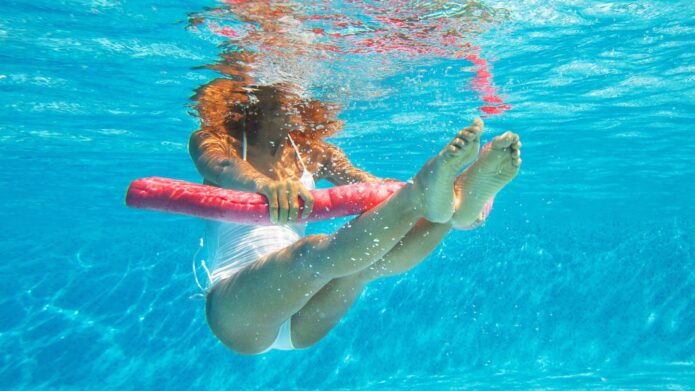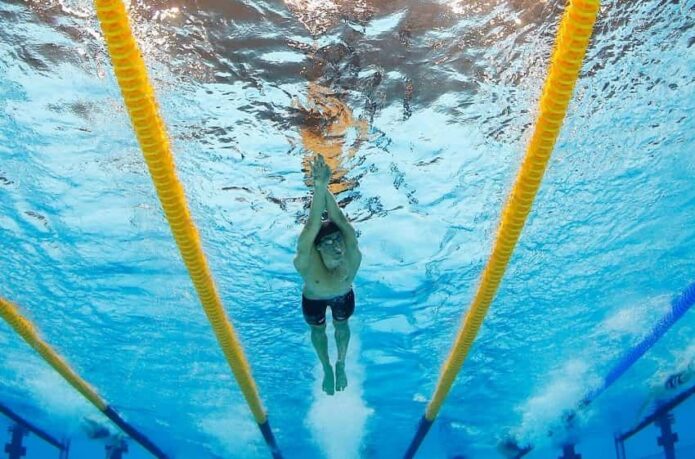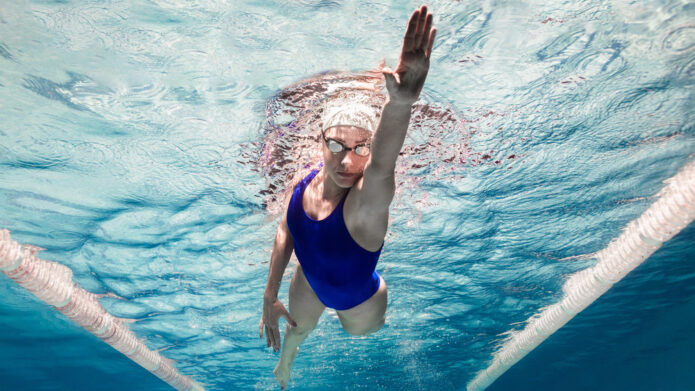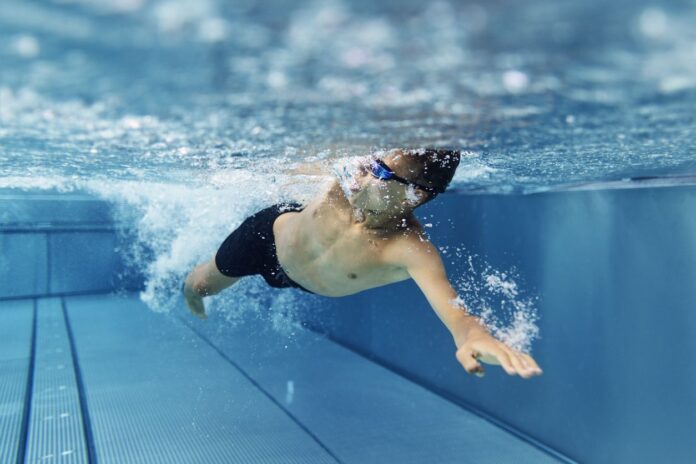Are you an adult between the ages of 25 and 35 looking for a low-impact way to stay fit, shed some extra pounds, or tackle joint problems? Perhaps you’re someone who prefers to exercise after work or on weekends. In this article, we’ll delve into why swimming is an ideal choice for you and provide valuable tips to help you dive into this enjoyable and joint-friendly fitness activity.
If this sounds like you, then SwimRight Academy is the right place for you!
Why Swimming is Your Ideal Solution
Before we dive into the tips, let’s address a few crucial points. Swimming is indeed a fantastic option for overweight beginners. Here’s why:
- Joint-Friendly: If you have joint problems or injuries, swimming is your friend. It’s a low-impact activity that won’t strain your joints, making it a safe and effective choice.
- Full-Body Workout: Swimming engages multiple muscle groups, providing a comprehensive full-body workout. It’s an efficient way to burn calories and promote weight loss.
Now, let’s dispel a common misconception:
Remove False Expectations: A Diet Matters

It’s essential to clarify that while swimming is an excellent exercise for overall health and fitness, significant changes in physique require dietary adjustments. If you’re looking to shed pounds, remember that a balanced diet is just as crucial as your swimming routine.
The Role of Diet
Maintaining a healthy diet is integral to achieving your weight loss goals alongside swimming. Consider the following dietary tips:
- Balanced Nutrition: Focus on a balanced diet that includes a variety of fruits, vegetables, lean proteins, whole grains, and healthy fats.
- Portion Control: Pay attention to portion sizes to avoid overeating. Eating smaller, more frequent meals can help control hunger and cravings.
- Hydration: Stay well-hydrated by drinking water throughout the day. Sometimes thirst can be mistaken for hunger.
- Consult a Nutritionist: If you’re unsure about how to structure your diet, consider consulting a nutritionist or dietitian for personalized guidance.
Tips Before You Start Exercising

1. Consult a Medical Professional
Before taking the plunge, consult with a medical professional, especially if you have joint issues or underlying health concerns. They can offer guidance on starting a swimming regimen tailored to your needs.
2. Choose the Right Swimwear
Invest in well-fitting swimwear and goggles. Comfort and ease of movement in the water are key to an enjoyable swimming experience.
3. Learn Basic Swim Strokes
If you’re new to swimming, consider taking beginner swim lessons. Learning proper technique from the start will boost your confidence and reduce the risk of injury.
Workout Tips

1. Start Slow and Steady
Don’t rush into intense workouts. Begin with manageable swim sessions, gradually increasing duration and intensity as your stamina improves.
2. Mix Up Your Strokes
Experiment with different swimming strokes, including freestyle, backstroke, breaststroke, and butterfly. Variety not only keeps things interesting but also engages different muscle groups.
3. Set Realistic Goals and Strategies to Achieve Them
Setting realistic goals is crucial to track your progress and stay motivated. Here’s how to do it:
- Specific Goals: Be precise about what you want to achieve. For example, “I aim to swim for 30 minutes continuously within three months.”
- Measurable Progress: Create measurable milestones to track your journey. Use a fitness tracker or a journal to log your swims, distances, and times.
- Achievable Targets: Ensure your goals are within reach. Starting with shorter, more attainable goals can provide early victories and boost your confidence.
- Relevant Objectives: Align your goals with your overall fitness and weight loss objectives. Swimming should complement your broader fitness plan.
- Time-Bound Deadlines: Set deadlines to achieve your goals. Having a timeframe creates a sense of urgency and commitment.
4. Breathing Techniques
Learning proper breathing techniques while swimming is crucial for efficiency and endurance. When swimming freestyle, inhale through your mouth while turning your head to the side, and exhale through your nose or mouth underwater. Practice rhythmic breathing to avoid breathlessness during your swim.
5. Warm-Up and Cool-Down

Just like any other workout, warming up before swimming is essential. Start with a few minutes of gentle swimming or water walking to loosen up your muscles. After your swim, engage in a cool-down session to gradually reduce your heart rate and prevent muscle soreness.
6. Water Treading and Water Aerobics
If you’re not yet comfortable with full strokes, consider water treading or water aerobics classes. These activities can provide a low-impact workout while improving your water confidence and buoyancy.
7. Swim with a Buddy
Swimming with a friend can make the experience more enjoyable and provide a sense of security, especially if you’re new to swimming. Having a buddy can also be motivating, as you can encourage each other to stick to your swimming routine.
8. Monitor Your Progress
Keep a swim journal or use a fitness app to record your swim sessions, track your distances, and note how you feel after each workout. This documentation can help you stay accountable and see your improvement over time.
9. Pool Etiquette
Familiarize yourself with pool etiquette, such as lane sharing and circle swimming if you’re at a crowded pool. Understanding these basics will make your swimming experience more enjoyable and harmonious with other swimmers.
10. Seek Professional Guidance
Consider working with a swimming coach or instructor, especially if you want to refine your technique. Professional guidance can help you avoid common mistakes and progress faster in your swimming journey.
Tips for Actions Between Workouts

1. Stay Hydrated
Swimming can be dehydrating, so remember to drink enough water throughout the day to stay properly hydrated.
2. Embrace a Balanced Diet
Support your swimming efforts with a balanced diet rich in nutrients. Incorporate lean proteins, fruits, and vegetables into your meals.
3. Prioritize Rest and Recovery
Quality sleep is crucial for muscle recovery. Aim for 7-8 hours of restful sleep each night to support your fitness goals.
In Summary
In summary, swimming is an excellent choice for overweight beginners looking for a low-impact, full-body workout. It’s gentle on the joints, promotes weight loss, and offers numerous health benefits. However, remember that for significant changes in physique, a balanced diet is essential alongside your swimming routine. So, grab your swimsuit, dive in, and enjoy the wonderful world of swimming – a fulfilling and joint-friendly fitness option!

